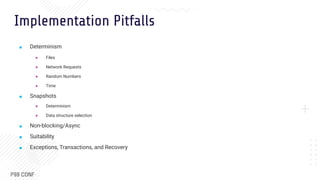
In the realm of system design, ensuring resilience and continuous operation is paramount. Fault tolerance, the ability of a system to continue functioning correctly even in the presence of hardware or software failures, is a critical attribute for applications where downtime is unacceptable or costly. Several approaches can be implemented to achieve fault tolerance, each with its own set of advantages and disadvantages.
Fault Tolerant Approaches
One common strategy is redundancy, which involves duplicating critical components or systems. If one component fails, the redundant component takes over, ensuring uninterrupted service. Redundancy can be implemented in various forms, such as hardware redundancy (e.g., redundant servers, power supplies, or network connections), software redundancy (e.g., replicated databases or application instances), or data redundancy (e.g., RAID configurations or data replication). The level of redundancy required depends on the criticality of the application and the acceptable level of downtime. For instance, a mission-critical system might require full hardware and software redundancy, while a less critical system might only require data redundancy.
Another approach is error detection and correction. This involves incorporating mechanisms to detect errors that occur during operation and to correct them automatically. Error detection techniques include checksums, parity bits, and cyclic redundancy checks (CRCs). Error correction techniques include forward error correction (FEC) and automatic repeat request (ARQ). Error detection and correction can significantly improve the reliability of a system, but they also add overhead in terms of processing time and memory usage. The choice of error detection and correction techniques depends on the specific application requirements and the characteristics of the underlying hardware and software.
Furthermore, fault isolation techniques are essential for preventing failures from cascading and affecting other parts of the system. Fault isolation involves designing the system in such a way that failures are contained within a specific component or module and do not propagate to other areas. This can be achieved through modular design, error handling, and exception handling. For instance, if a module encounters an error, it can be designed to log the error and shut down gracefully, preventing the error from affecting other modules. Fault isolation can significantly improve the overall reliability and maintainability of a system.
Finally, regular testing and maintenance are crucial for ensuring that fault-tolerant mechanisms are functioning correctly. This includes conducting regular hardware and software tests, monitoring system performance, and performing preventative maintenance tasks. Regular testing can help to identify potential problems before they cause a failure, while preventative maintenance can help to extend the lifespan of the system and reduce the likelihood of failures. By implementing these strategies, organizations can build systems that are more resilient to failures and capable of delivering continuous service.
Definition of Fault Tolerant

Fault tolerance, at its core, implies the ability of a system to continue operating correctly even when one or more of its components fail. This is a fundamental requirement for many critical systems, ranging from air traffic control systems to financial transaction processing systems. In these environments, even brief periods of downtime can have significant consequences, potentially leading to financial losses, safety hazards, or reputational damage. The design and implementation of fault-tolerant systems require careful consideration of various factors, including the types of failures that are likely to occur, the acceptable level of downtime, and the cost of implementing fault-tolerant mechanisms. The goal is to create a system that can gracefully handle failures and maintain its functionality without significant interruption.
If you are searching about GitHub – mobility-23/Fault-Tolerant-Control-System: We propose a novel you’ve visit to the right web. We have 10 Pictures about GitHub – mobility-23/Fault-Tolerant-Control-System: We propose a novel like Design of Fault Tolerant Systems | PDF | Fault Tolerance | Central, Learn about Fault Tolerant Servers | What is Fault Tolerance?-Stratus and also Fault-Tolerant Organizations – Quality Gurus. Here it is:
GitHub – Mobility-23/Fault-Tolerant-Control-System: We Propose A Novel
github.com
Fast And Fault Tolerant | PPT

www.slideshare.net
Fault Tolerant Approaches. | Download Scientific Diagram

www.researchgate.net
The Importance Of Fault-tolerant Design – CboBook.org

cbobook.org
Learn About Fault Tolerant Servers | What Is Fault Tolerance?-Stratus
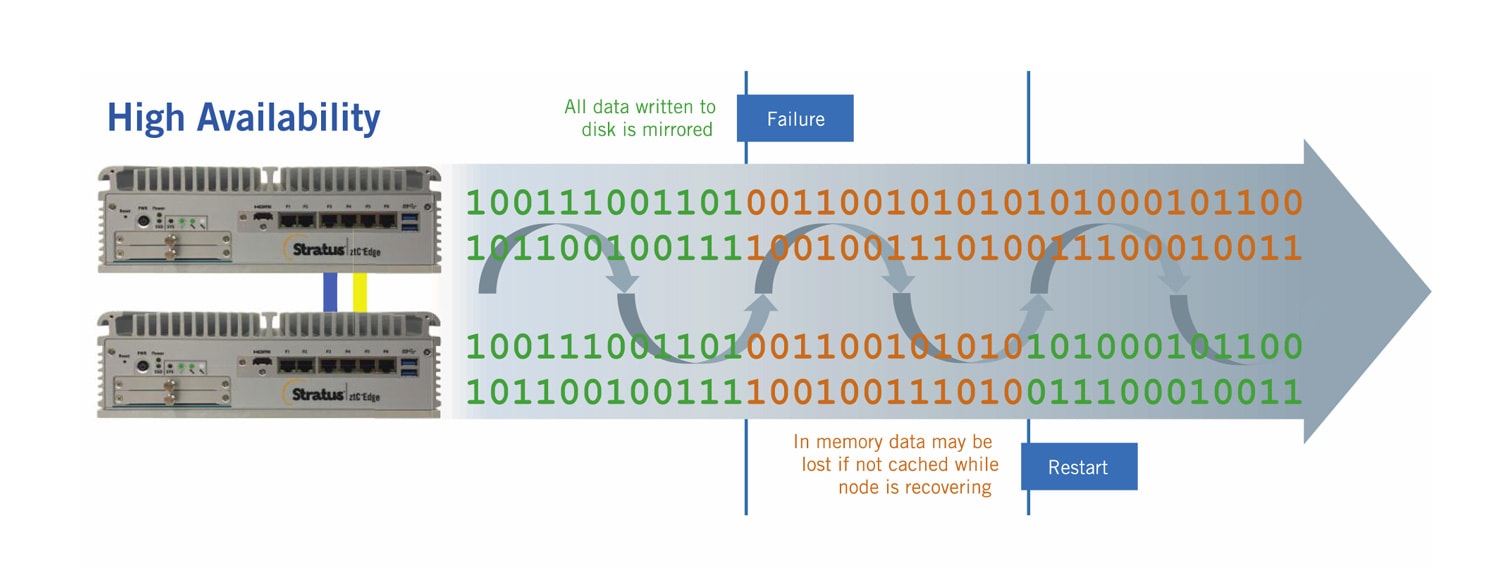
www.stratus.com
Fault Tolerant
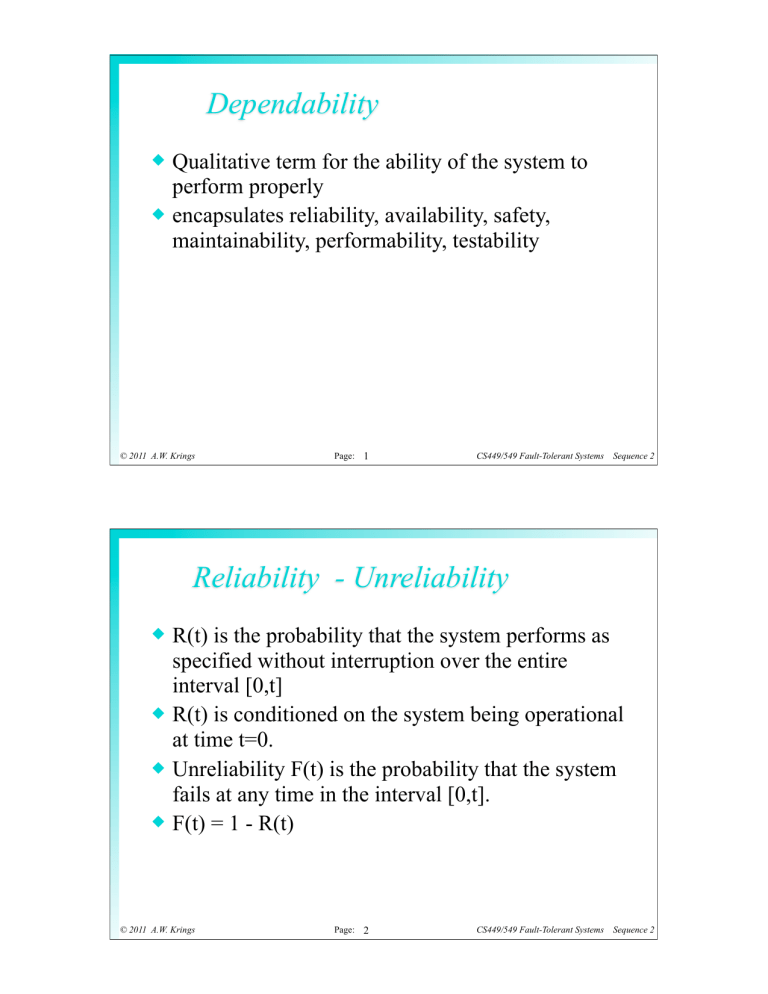
studylib.net
Fault-Tolerant Organizations – Quality Gurus
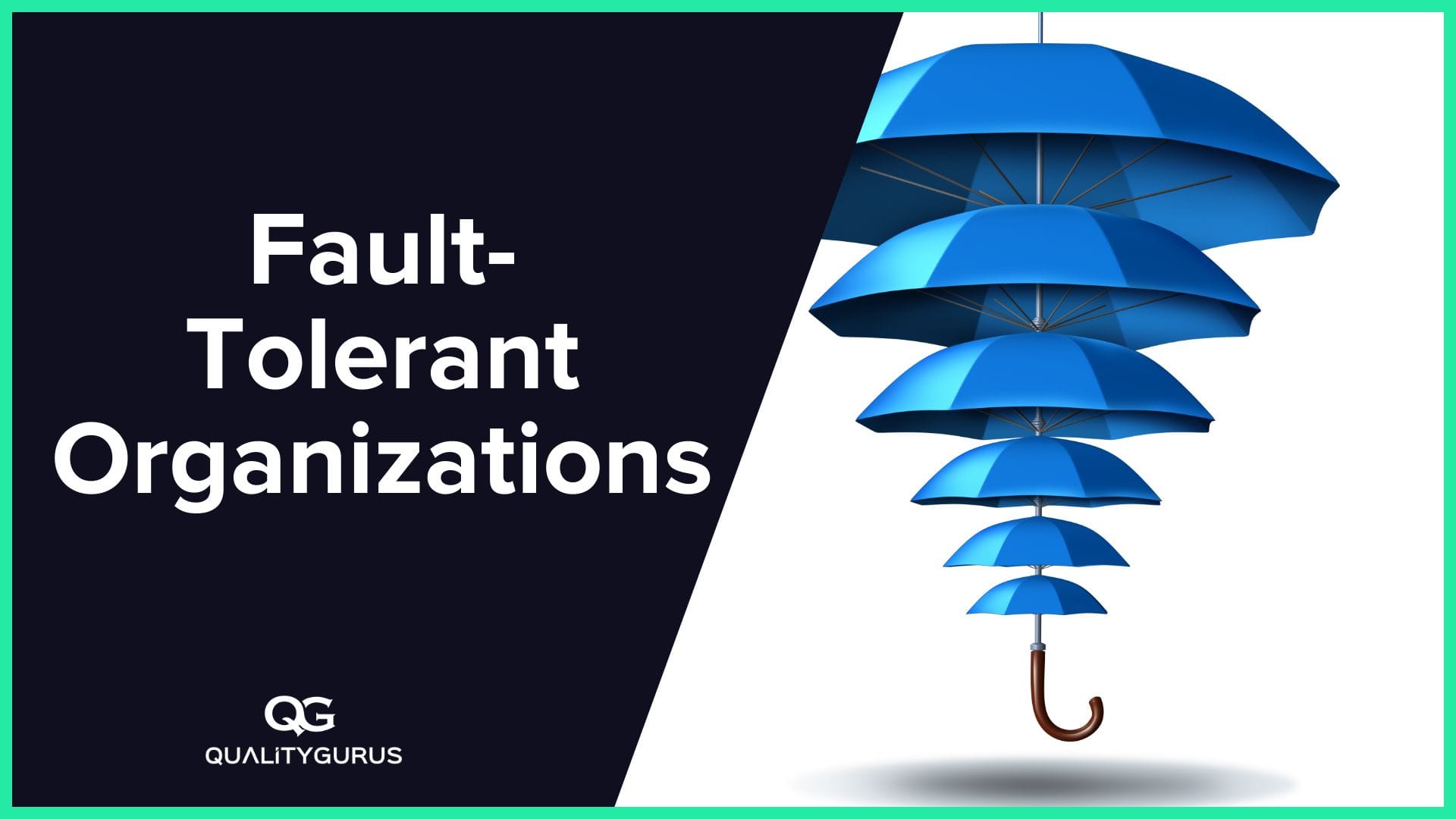
www.qualitygurus.com
Fault Tolerant Approaches. | Download Scientific Diagram
www.researchgate.net
Definition Of Fault Tolerant | PCMag

www.pcmag.com
raid fault tolerant disk magnetic interfaces pcmag encyclopedia 1990s
Design Of Fault Tolerant Systems | PDF | Fault Tolerance | Central
www.scribd.com
Fault tolerant. Fault tolerant approaches.. Fast and fault tolerant





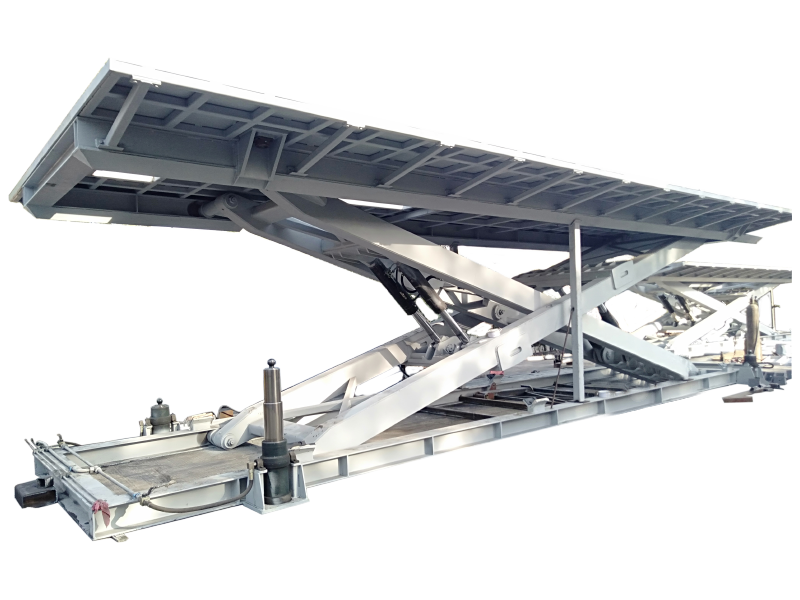


:max_bytes(150000):strip_icc()/008_how-to-factory-reset-a-lenovo-laptop-5115817-a67348722ce94f9783881ea29e596310.jpg)